Introduction
Howdy everyone!
If you’ve been playing Hearthstone for a while, you’ve noticed that over time, the popularity of decks ebb and flow. Popular deck-lists cycle cards in and out or sometimes disappear from the meta entirely.
My goal here today is to explain in-depth how to respond to change around you whilst playing, so that you can maintain a competitive edge over typical net-deckers. To be truly successful at Hearthstone, you need to not only play smart, but build smart too. So without further ado, let’s get into the thick of it!
What is “The Meta”?
The phrase “The Meta” comes from the term meta-gaming which is the usage of knowledge available outside of a game to improve one’s performance inside said game. In Hearthstone, playing the meta-game means anticipating what your opponents will play (class or in-game) and setting up to take advantage of it.
“The Meta” itself in Hearthstone is simply a conglomerate of whatever is popular at a given time on a given server in a certain environment. The meta on the NA servers just before the undertaker nerf was predominantly Deathrattle Hunter and Control Warrior, with Mech Mage and Midrange Paladin settling in post-nerf.
Running certain deck-lists and/or cards to counter what is popular constitutes meta-gaming. For example, if you know that weapon-wielding classes are popular (Hunter and Warrior), putting acidic-swamp-ooze or harrison-jones in your deck would constitute meta-gaming, as would choosing to play Control Priest over another deck to get an advantage against Deathrattle Hunter.
Even just playing around certain cards is considered meta-gaming. At one time, almost all Hunter decks ran unleash-the-hounds (due to its synergy with pre-nerf starving-buzzard – it used to be a 2/1 for two mana), thus most decks would try to avoid putting more than two or three minions on the board at one time. Now that only a few Hunters run Unleash the Hounds, many players feel safer swarming the board against a Hunter.
Factors Affecting The Meta
There are many factors that will affect the meta on the ladder. The following is by no means an exhaustive list:
- Recent additions to the card pool
- Recent changes to cards
- What rank you are at
- What server you are on (NA/EU/Asia)
- What time of day you are playing at
- Articles on Hearthstone fan sites
- Decks tested by high ranking players/popular streamers
- Decks that have done well in recent tournaments
I would like to group the above factors into three groups:
- Global Factors
- Local Factors
- Fame Factors
Global factors are those that are outside the control of any player, yet affect all players. For example, the leeroy-jenkins and starving-buzzard nerfs affected the meta drastically. It removed the Leeroy burst combos in Handlock and Miracle Rogue and effectively buried the old Midrange Sunshine Hunter. These factors won’t appear often, only manifesting when more cards are added to the game and when overpowered cards are nerfed. These changes always result in extreme instability in the meta, leading to radical changes in decklists for current archetypes and the formation of new archetypes. Goblins vs. Gnomes morphed Zoo into a Token deck (complete with echoing-ooze, imp-losion and sea-giant), and then made Oil-Rogue a reality (assassins-blade + tinkers-sharpsword-oil really hurt when played together).
Local factors are the most volatile, as they change with each passing hour. The further you climb up the ladder, the more the meta stabilizes as people revert to the most consistent decks they can pilot. The end result is a rock-paper-scissors effect, where the meta consists of flavor-of-the-month decks (i.e. Mech Mage), FotM counter decks (i.e. Control Priest), and then finally overall solid decks (i.e. Combo Druid). This effect is why metas are server dependent. The “counter-meta meta” adapts to whatever is popular. If Mech Mage takes off on one server and Face Hunter on another, the chunk of the meta that aims to counter what is popular will run different deck-lists.
Fame factors pop-up as notable players such as Firebat, Strifecro and Kolento post decks that they have done well with on ladder. This can also happen with decks receiving a bunch of up-votes (publicity) on Hearthstone fan-sites. An example of one of these decks would be Kolento’s Paladin that he used to hit #1 Legend on EU in July of 2014. Paladin saw almost no play at that time and was considered by most to be bottom-tier. Shortly after achieving that rank, his deck started started popping up everywhere. It never became super popular due to the deck’s intrinsic difficulty, but it’s presence was unmistakable. A more recent example would be Firebat and Purpledrank’s Aggro Mech Shaman. Whilst it is unplayable at many ranks due to the popularity of decks like Mech Mage, it’s still a strong deck in the right meta and has seen a good amount of play since being publicized.

How to Ascertain the Meta
Figuring out the meta requires a bit of trial and error. The meta will differ slightly from person to person, meaning that you will have to play if you want to nail down the specifics of your meta. Outside of actual play-testing, there are a few ways to accurately analyze the meta:
Watch Streamers
If you can’t actually play the game, why not watch someone else play it? Not only will this let you see how the meta is shaping up at their rank on their server, but also will let you see the effectiveness of a deck in the same meta. Watching high-quality streams has the added benefit of including commentary from high-level players, which can help you improve your plays. You really want to find a streamer that explains his plays especially if they’re unorthodox.
A good example would be on Brian Kibler’s stream when he was laddering with hobgoblin Druid. He was facing a Mage with a 1 health haunted-creeper and a silenced 4/1 piloted-shredder. When the Mage dropped a secret (which was correctly presumed to be duplicate), some in the chat expected that he would kill the Haunted Creeper thereby giving the Mage a weaker card in hand. However, he chose instead to kill the 4/1. His reasoning was that he didn’t care what he gave the Mage since he had board presence and could end the game with savage-roar. Board presence/tempo over value (video here). Tips like these are what makes certain streamers better than others if you’re aiming to improve your game.
Read and Interact on Hearthstone Forums
People tend to not only discuss the problems they’re facing on ladder, they also collaborate to find solutions to the aforementioned problems on forums. Once you sift through the rage posts that never seem to dissipate, you can find detailed info of what people are encountering on the ladder and how to exploit those weaknesses. If you post your own deck-lists, other users will often give you advice on what you can do to improve your match-ups against meta decks based on their own experiences. Note that I’m not talking exclusively about the official Hearthstone forums, the forums on other sites are usually just as helpful (and in my experience usually better moderated and thus less toxic).
Read recent Hearthstone articles
The simple fact is that people talk about popular decks. When something takes off, it is sure to grab the attention of writers everywhere. It is especially useful to watch out for and read these articles, as they often contain the highest concentration of useful information compared to other information mediums. From meta reports to deck breakdowns to counter recommendations, quality articles will always give you the most bang for your buck when it comes to your time. One hour of watching a streamer or forum browsing won’t yield as much knowledge as spending that same hour scouring Hearthstone articles. For example, this article is designed specifically to ladder meta-gaming. Exclusive dedication to a given topic is something unique to web articles with an educational focus.
Doing your research will help you not only in choosing the right deck-list to play, but it will also help you learn what other players are or are not running in their decks so that you can play around those cards. Most Control Warriors don’t run double brawl so it’s usually safe to not play around it. On the other hand, most Mech Mages run archmage-antonidas so counting the number of spare parts in their hand is important. However, no matter how much you prepare, you’re still going to get shocked at least one in a while. It happens to the best of us:

When to Tech or to Change your Deck
There are many decks that are inherently strong, but are unplayable or at least should not be played at certain points on the ladder meta. A perfect example of this is Midrange Shaman. This deck is undoubtedly strong, being used to hit #1 Legend on multiple occasions and boasting wonderful tournament performances. However, it has not been considered viable for laddering with this season due to the extensive popularity of highly aggresive decks such as Mech Mage and Face Hunter – both poor match-ups for Shaman.
When you are looking to use a deck on ladder, ask yourself the following questions:
- What decks are you likely to face on ladder?
- How will your deck fair against those decks?
If the answer to number two is anything worse than a fifty percent win rate, your deck is unplayable in that meta. Mirror matches are 50/50, making it the line of toleration.
Let’s assume now that your deck is favored against a popular deck. For example, you are playing Control Warrior, and you are expecting to face Aggro Hunters. Whilst you’re probably going to win more of your matches then you will lose, there are a few things you can do to ensure that high win rate you want. Since you want to make sure that you can make it to the late game, running a good number of heals with 2x shieldmaiden, 2x armorsmith and 2x shield-block is a good start. Early removal is also of value, so a single cleave plus a single whirlwind should complement your already standard double fiery-war-axe, double deaths-bite and double cruel-taskmaster. Just to rub in our superiority to Aggro, a good dose of baron-geddon should put the nail in the coffin.
Now what if your deck was Handlock and you were expecting to face mostly Aggro Hunter? You can take steps to improve the match-up by running double mortal-coil, double earthen-ring-farseer and double antique-healbot. At the end of the day, Aggro Hunter is still going to be favored against you due to the very nature of your deck. Teching against Aggro Hunter expecting it to popup a couple times on your run is fine, but when it’s the majority of what you’re facing it’s time to go look for another deck to climb with.
You Can’t Tech What You Don’t Understand
Before you can start to tech a deck, you first need to be able to completely disassemble the deck and highlight what role each card serves. Otherwise, you will be prone to cutting the wrong cards or including cards that you don’t really need. I’m going to take two different decks and break them down to give you some examples of what you need to be looking for when analyzing your deck-lists.
Deck #1:
Let’s start off with a relatively simple deck, Aggro Hunter (it’s not a Face Hunter due to the top end of the curve + the lack of Charge minions/leper-gnome but it’s not Midrange as 76% of the deck is 3 mana or less). Whilst it is an aggro deck at its core, the addition of a few late-game threats stall this deck’s inevitable burn out. Upon delving into this deck, we can group the included cards into several groups (note that some cards will appear in several groups, an indication of their strength and/or versatility):
The Deathrattle segment includes all cards with Deathrattle. These cards do two things: buff up undertaker and reduce the value of your opponent’s removal. These cards vary between deck-lists, with more agressive decks opting to run leper-gnome and loot-hoarder with slower decks including sludge-belcher. This segment is the backbone of the deck, the main source of its strength.
The Secret segment includes all secrets and cards that synergize with them. This list is a tad odd in that it runs 2x eaglehorn-bow and only two secret cards (player preference). The number of secrets run is usually between two and four, depending on the player. Teching this particular segment is easy. If you’re starved for spots for other cards, run two secret cards and one Eaglehorn Bow, or you can even go all out with five secrets (I wouldn’t recommend running any more to avoid hand clog) and two bows.
The choice of secrets varies with not only the meta but what else the deck runs. freezing-trap is almost always a good trap, especially strong against decks reliant on tempo (like most Druids) and Control decks. explosive-trap is very good against face aggro decks as it forces them to trade to avoid burnout, in addition to pushing a little more damage to your opponent’s face. misdirection hasn’t seen much action as of late, but it’s really good in slower Hunters against slower decks (imagine a HandLock’s Giant hitting his own face or better yet, taking out another Giant!), especially if you have no minions of your own on the field. snake-trap is ideal for decks that want some help maintaining board presence. It synergizes with knife-juggler and cult-master. snipe is actually a pretty good card, and very unexpected, but the novelty wears off. Due to this fact it’s usually only seen in Control Hunter.
The Reach segment is what allows this deck to reach for lethal even when the Hunter is quite behind on board. tracking doesn’t actually provide any extra damage, but it allows you to cheaply dig for what you need to stabilize. eaglehorn-bow can provide an absurd amount of damage for the mana-cost, especially since most decks don’t run any weapon removal. kill-command is just bloody efficient as long as you have a beast. The webspinner > double kill-command > Steady Shot combo is an absurd twelve damage from hand for only nine mana. unleash-the-hounds is often used as a cheap board clear, but it can be also used for burst damage (especially if you have a Leokk in play).
The Removal segment allows you to maintain sufficient board control so that your opponent can’t efficiently trade and garner card advantage. hunters-mark two-for-one’s yourself, but gives you a massive tempo boost. freezing-trap is often psedo-hard removal as whatever you bounce is often not replayed. In fact, it is many times better than killing a minion as Deathrattles aren’t triggered. Eaglehorn Bow and Kill Command are primarily for face damage but killing off troublesome minions like mechwarper is par for the course (moreso with the bow). dr-boom is a big threat coupled with removal/burn (depending on your RNG).
Last but not least, we have the value segment. These cards all revolve around generating some sort of value. They can be hard to remove, disrupt your opponent’s plays or simply be over-statted in some way. mad-scientist is a real standout here, because for the cost of one stat point, it not only provides a body but also puts a random secret from your deck in play. Of course there are other notables such as savannah-highmane which has been likened to being a non-legendary more-aggressive cairne-bloodhoof, and animal-companion, which exchanges RNG for an over-statted minion regardless of what you roll.
Deck #2:
This Oil Rogue plays somewhat similarly to the Miracle Rogue of times past. It has access to a lot of burst damage but relies on Sprint instead of gadgetzan-auctioneer for card draw and tinkers-sharpsword-oil + blade-flurry instead of leeroy-jenkins + shadowstep for burst.
The Cycle segment is made up of cards that draw other cards. This deck is a combo deck, needing to draw into its combo. This is especially important due to the number of cheap cards in this deck. Bloodmage Thalnos doesn’t draw instantly, but having the option to drop him to cycle makes him a consistent pick with more potential value than a loot-hoarder. Fan of Knives and Azure Drake both cantrip letting you clear/develop the board respectively whilst clawing one card further into your deck. Sprint lets you refill your hand when you’re burnt out, or at least widen your options.
The Removal segment consists of cards that can be used to directly remove opposing minions. Some cards like Backstab, Sap and Fan of Knives can only deal damage to minions, meaning they have no purpose outside of minion removal (though against slow decks one might play Fan of Knives on and empty board purely for the cycle). Sap is unique in that it doesn’t permanently remove minions (unlike say assassinate), but it is much cheaper, allowing for better tempo. It also is completely soft-removal as it does not trigger Deathrattles, particularly useful when facing down the likes of sylvanas-windrunner or a sludge-belcher keeping you from lethal. Notice that I did not include Tinker’s Sharpsword Oil on this list since it’s quite bad if you don’t combo it, meaning you’re really going to want to hold it for burst combos unless you’re staring at lethal damage on board. All other cards can be used for minion removal but also for face damage.
The Tempo segment is comprised of cards that are designed to keep you on the offensive instead of your opponent, keeping value on your side and keeping your opponent under pressure. Preparation is like Innervate, trading card advantage for tempo letting you make otherwise impossible plays due to mana constraints. Note that because it only reduces the cost of spells, it can be used to trigger SI:7 Agent’s combo effect before casting the spell itself (particularly relevant with Tinker’s Sharpsword Oil). Blade Flurry, SI:7 Agent and Sap efficiently mess with your opponent’s board, the first two are also capable of keeping your opponent on a clock. Loatheb doesn’t directly generate you tempo, but it prevents your opponent from efficiently taking control of the game for a turn, making it especially hard for your opponent to deal with your violet-apprentices or shade-of-naxxramas.
The Stall segment extends the duration of the game through means other then direct removal, giving your more time to kill your opponent. Sap gives your opponent that option to replay what you removed, so it often only stalls the game one turn (assuming an empty board). Earthen Ring Farseer’s heal can buy you an extra turn (or attack from a minion), whilst Loatheb also buys you an extra turn against other bursty decks such as Freeze Mage, Combo Druid and fellow Oil Rogues.
This segment combos with other parts of the deck to generate additional value from them. The Spell Damage +1 from Bloodmage Thalnos and Azure Drake greatly improve the effectiveness of your damaging spells and give your deck a bit more reach. Violet Teacher effectively gives you a free wisp every time you cast a spell, allowing you to better fight for the board and whittle down your opponent’s life total. Southsea Deckhand and Shade of Naxxramas help guarantee that the +3 minion damage from tinkers-sharpsword-oil‘s combo effect doesn’t go to waste, with the Southsea Deckhand even often being the combo activator due to its low cost. Shade of Naxxramas is slower, but lets you put more damage down in one turn.
All these cards in the Reach segment let you deal more damage to your opponent from an empty board. This is where all the burst combos lie. deadly-poison and tinkers-sharpsword-oil both feed into blade-flurry allowing for pseudo-Windfury on your weapon + a board wipe. All these combos are pretty mana efficient as well, a major part of the reason this deck is even viable. Heck, look at eviscerate for a prime example of mana efficient burn.
What do you do with this knowledge?
Knowing what purpose each card serves in your deck lets you properly decide on what changes you’d like to make. In Kolento’s Oil Rogue, replacing shade-of-naxxramas with edwin-vancleef is certainly a viable option, but you are replacing a value extractor with a tempo card (faster but less resilient). In a Handlock, one can purposefully remove late game threats and replace them with early game answers. By breaking down your deck, you can see you’re purposely removing a card from the value section and moving it to the ‘removal’ one. These changes improve the aggro matchups at the expense of control match-ups.
More in my next article!
To be Continued!
This part is about breaking down specific sections of your deck and where to look. Part two will cover the many ways that you can tweak your deck in order to gain an edge over your opponent.
As always, if you have comments, questions or constructive criticism, please leave a comment down below so that I can continue to improve my content for y’all!
Until next time, keep tweaking away at your deck in your climb!



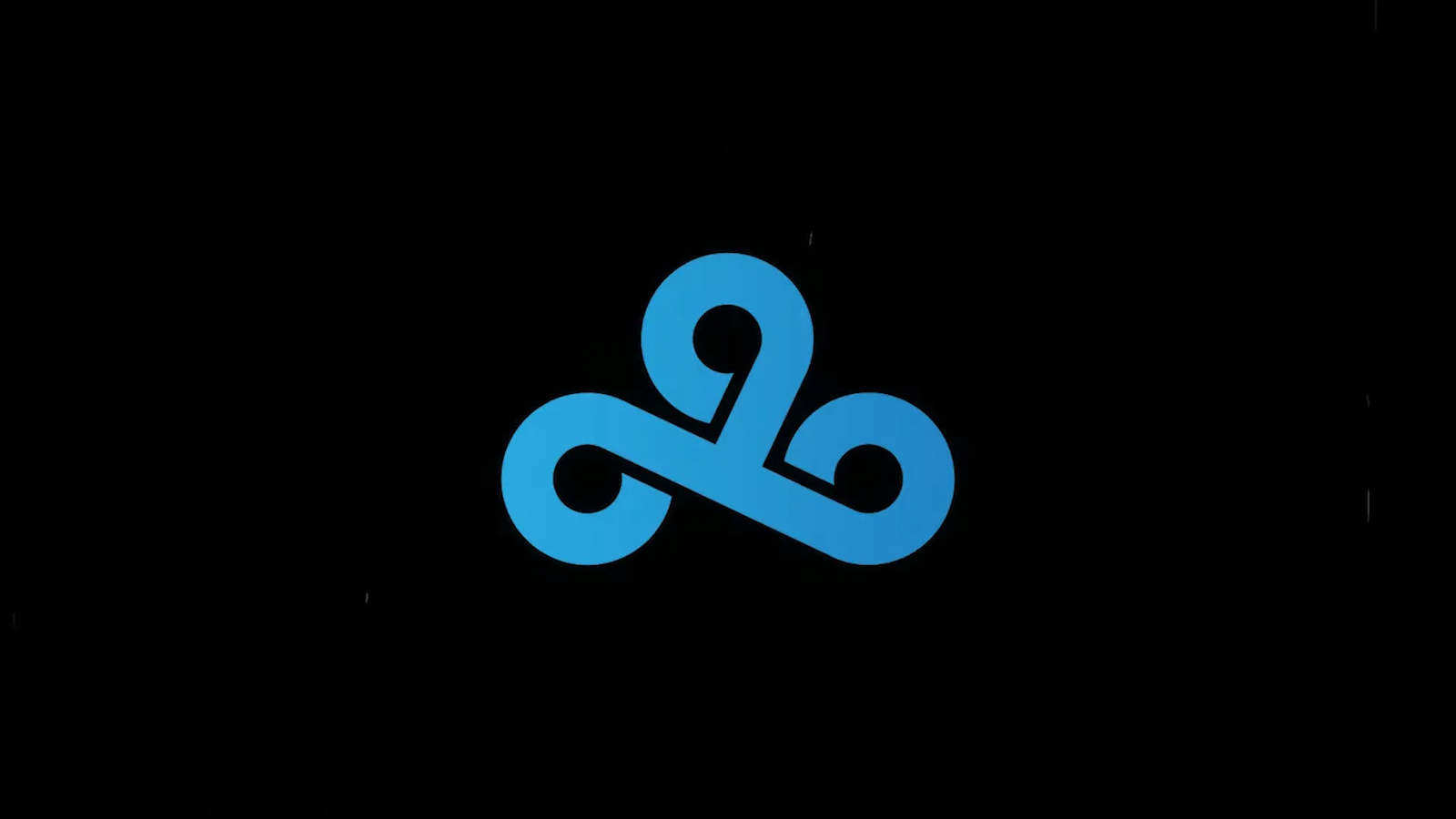

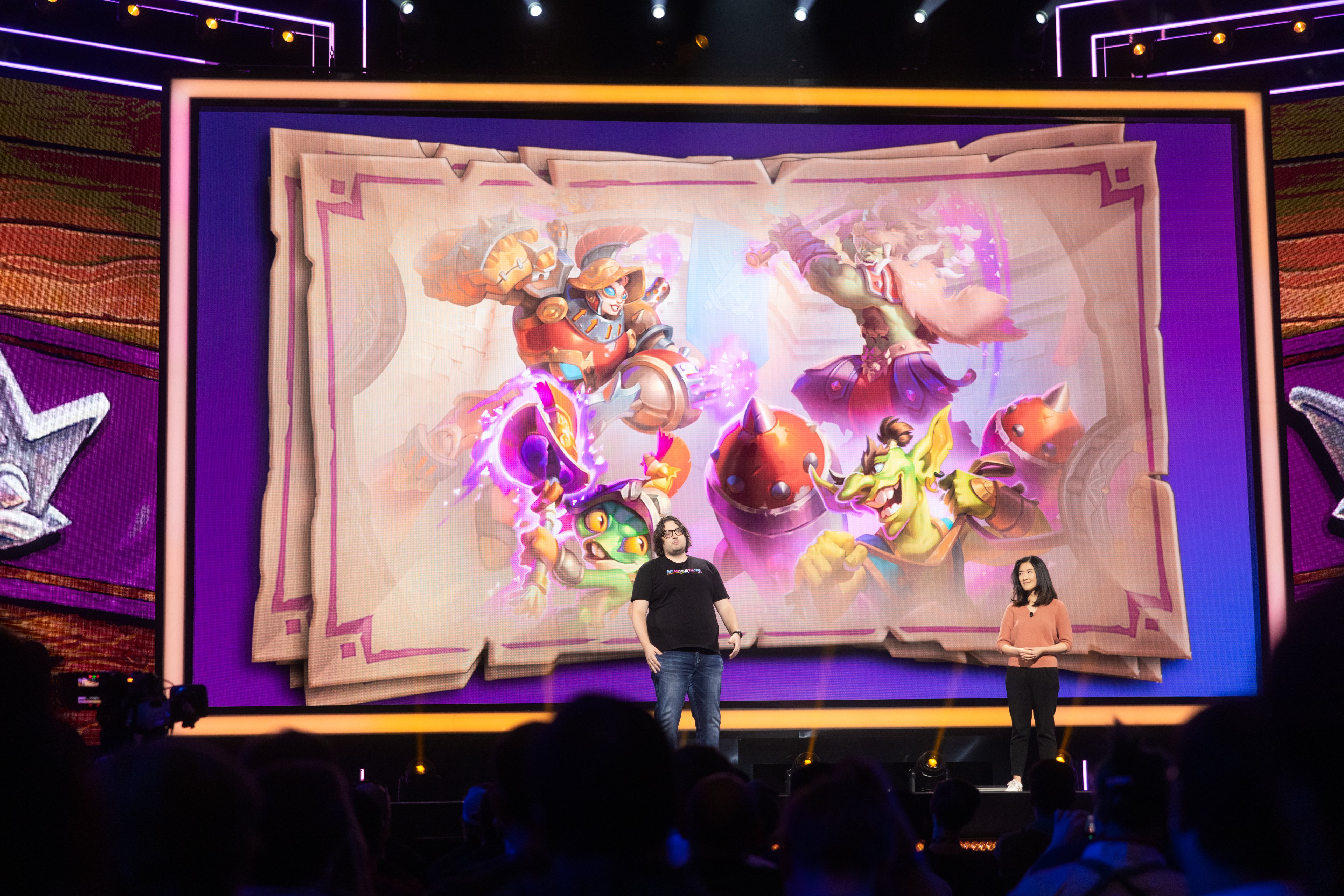
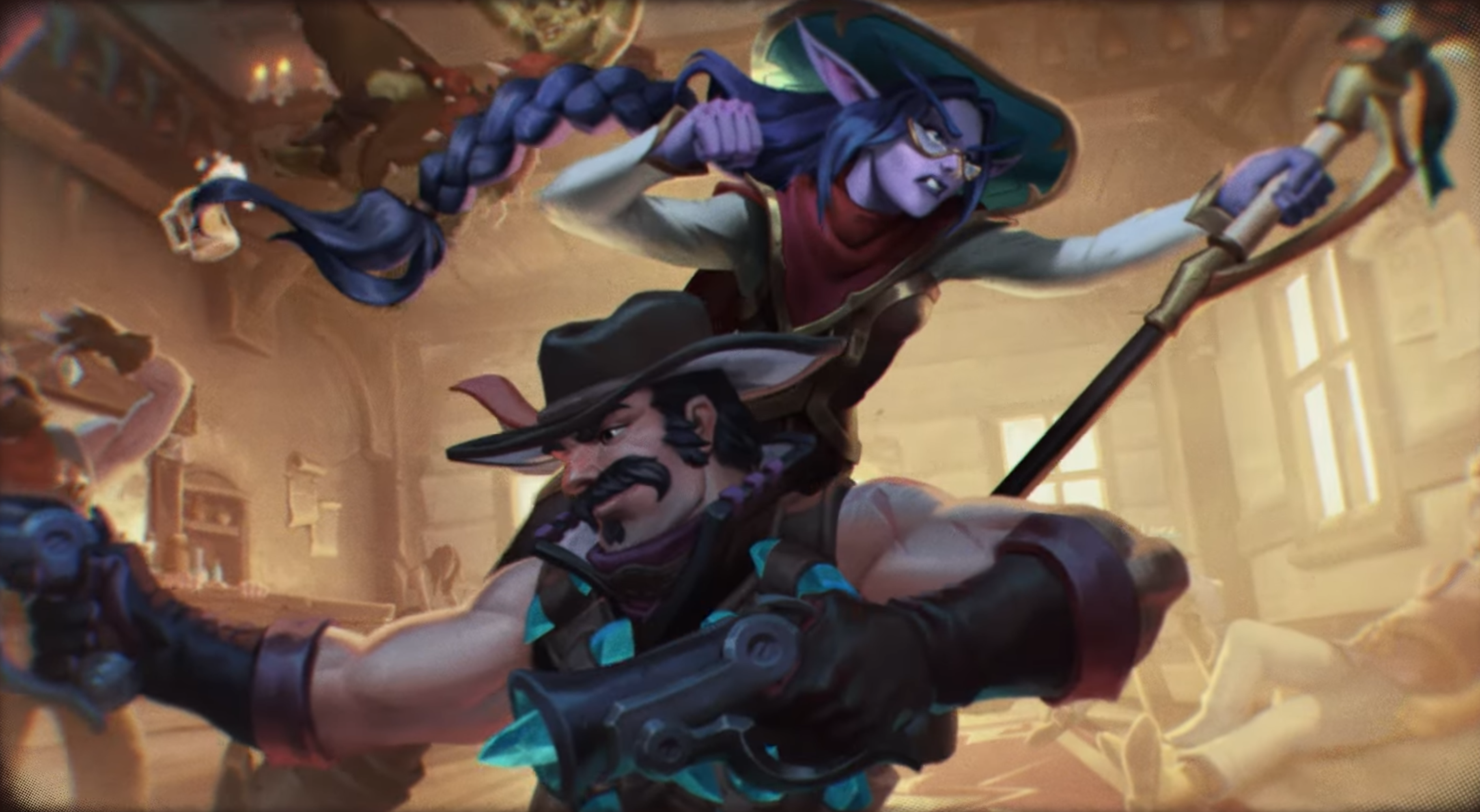
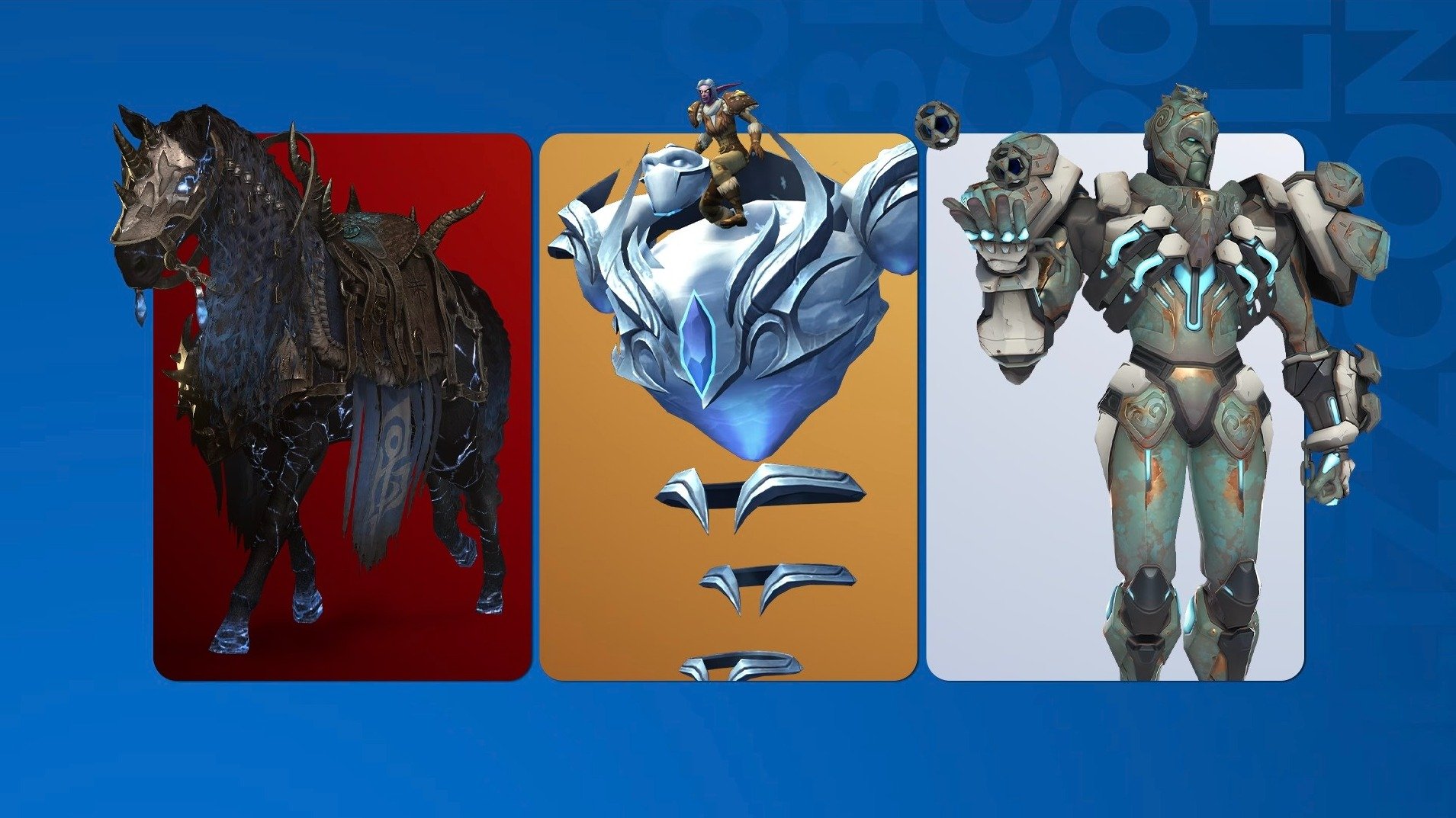
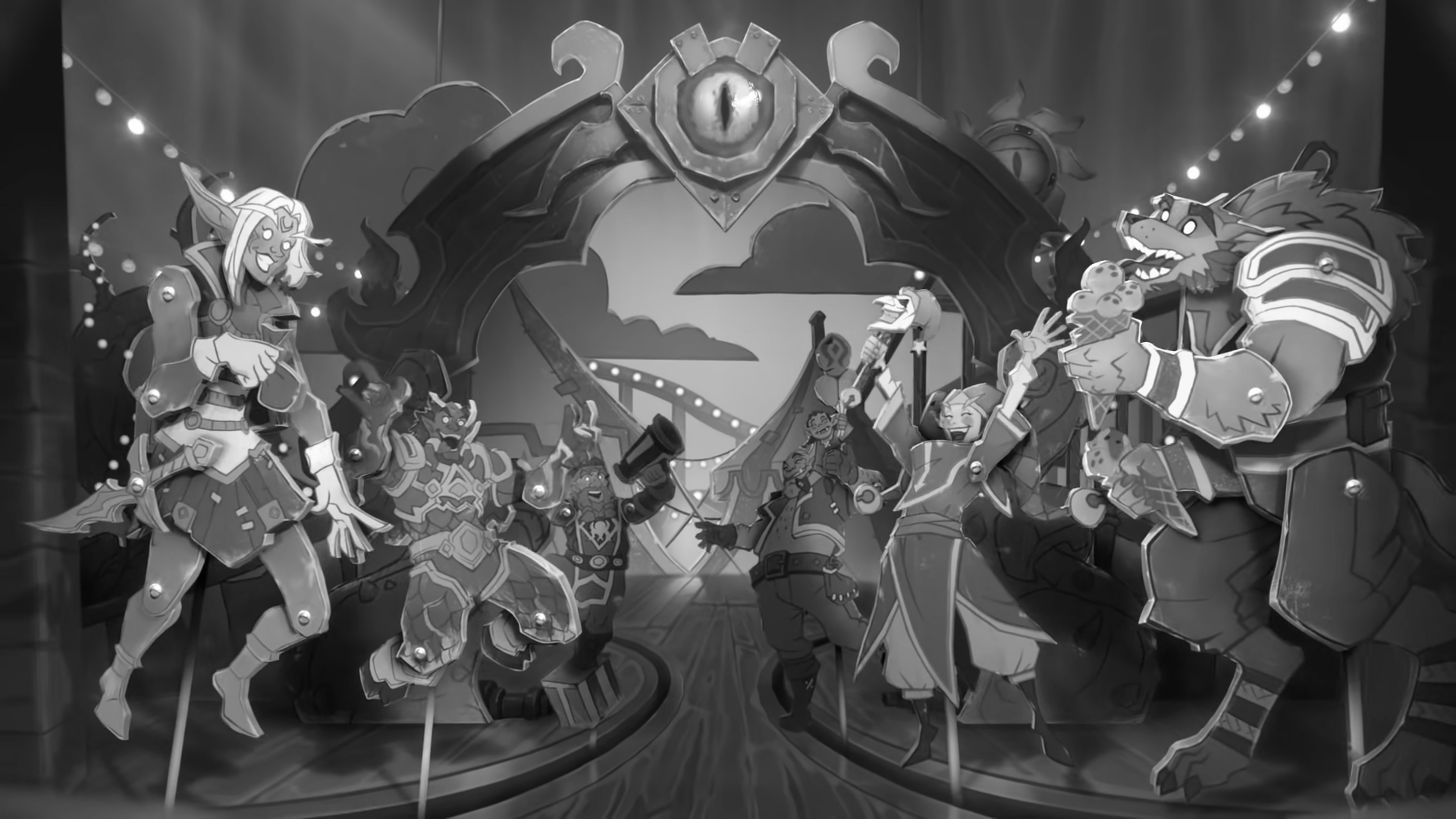
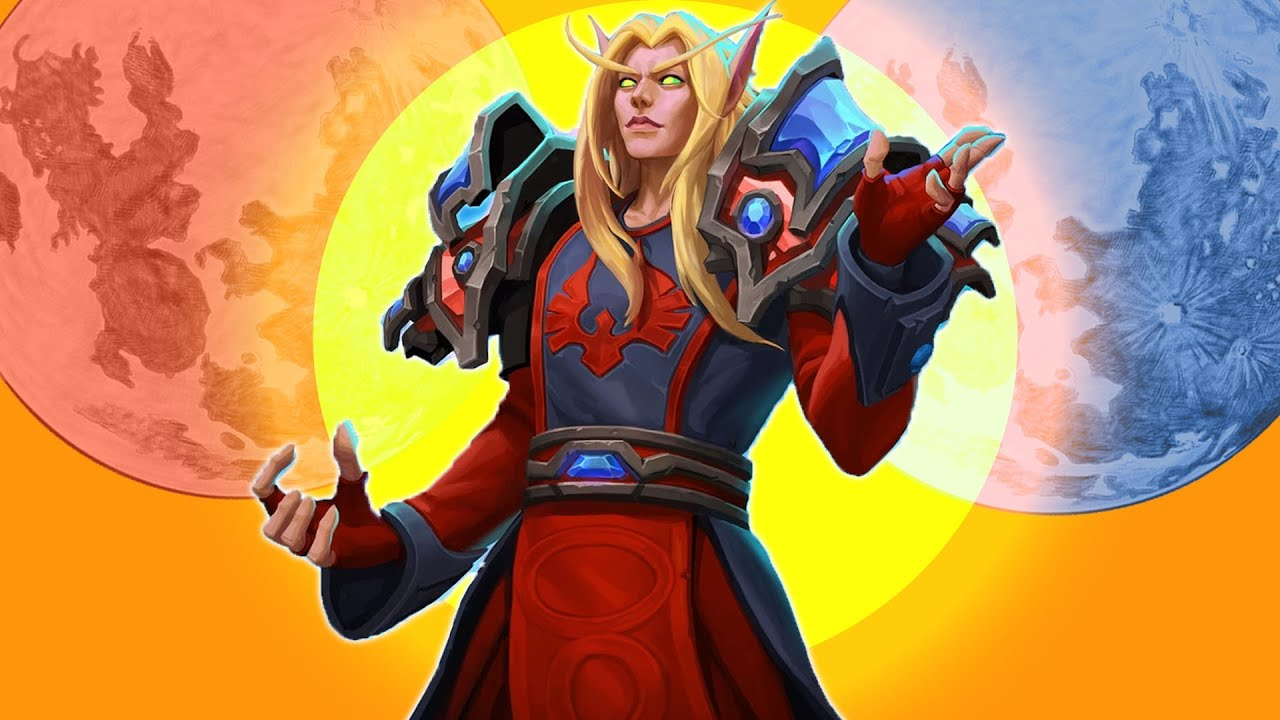
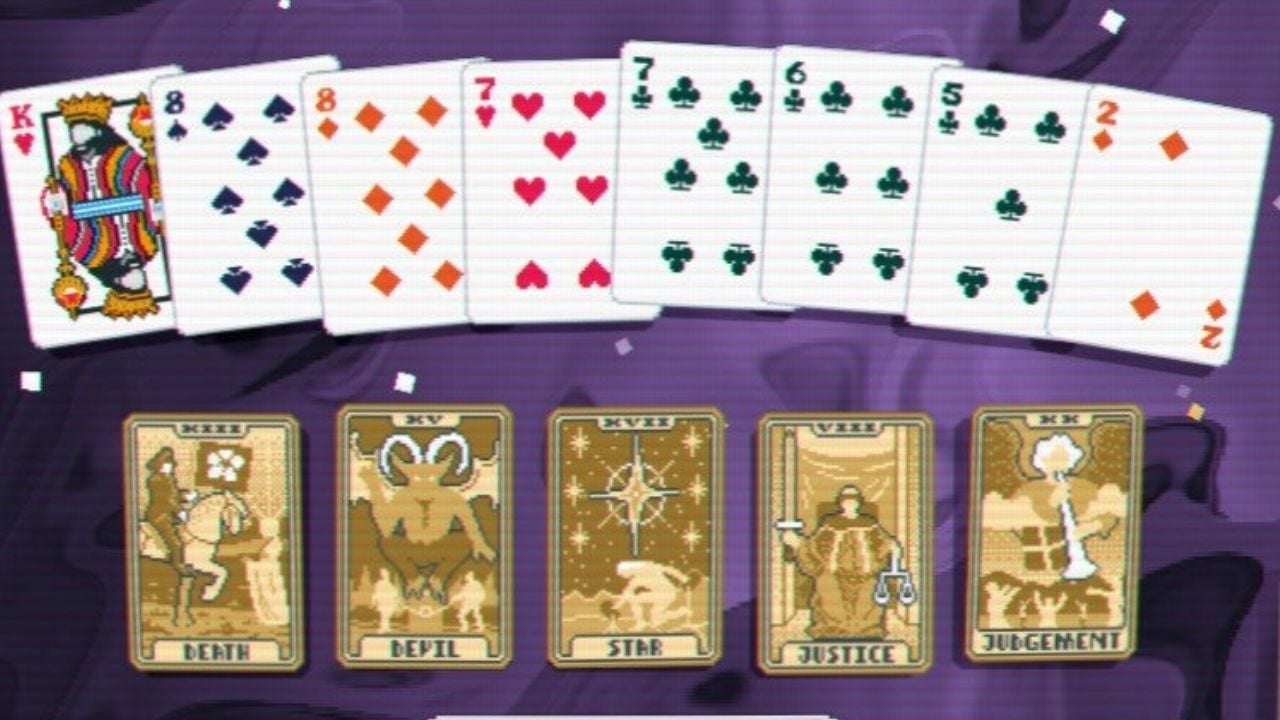
Published: Feb 28, 2015 09:01 am